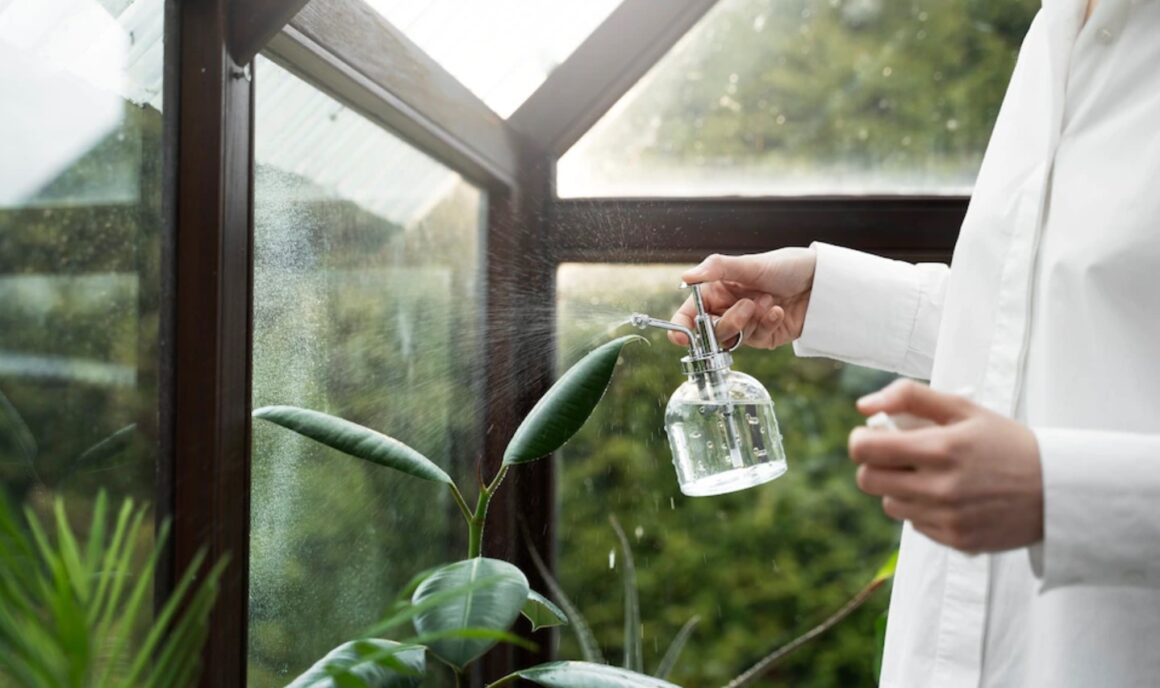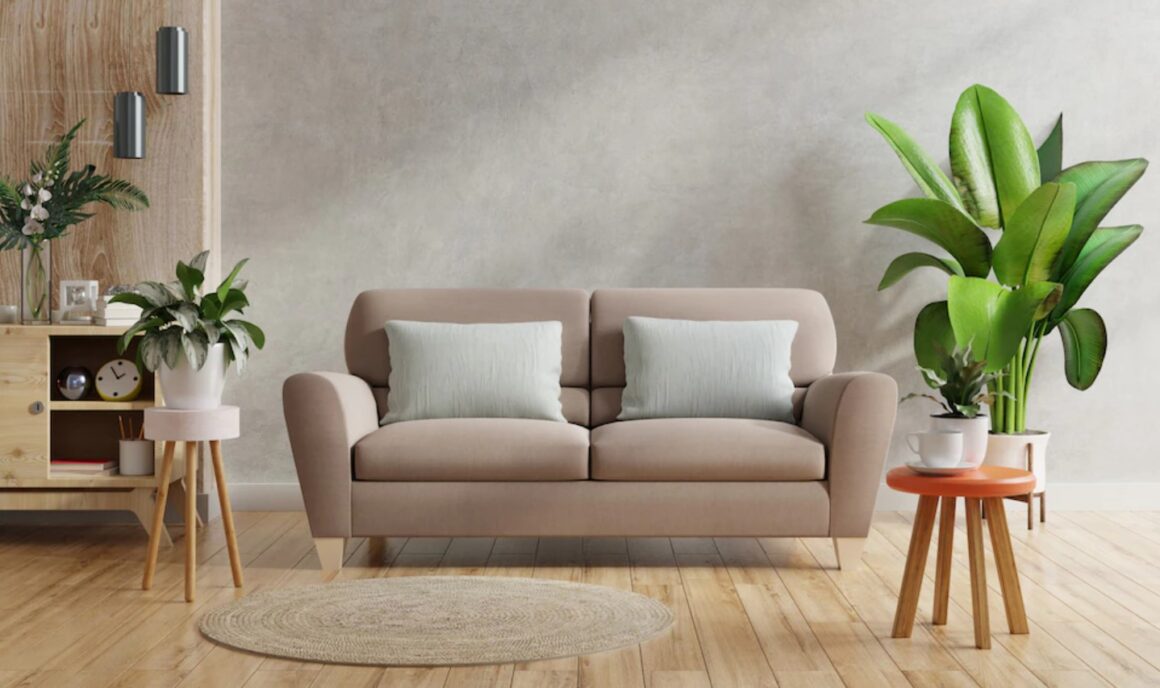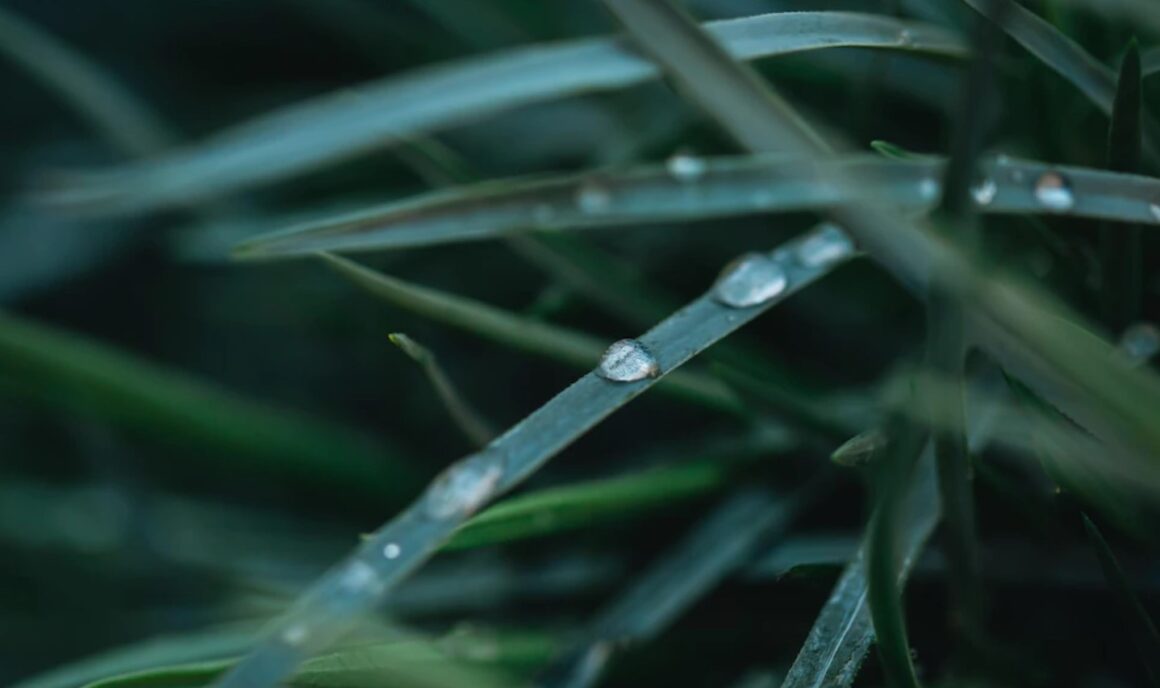For all aspiring travelers who also happen to be plant lovers and have been preparing for their next adventure or leisure trip, it is vital that your next trip is stress-free instead of worrying about your home plants.
As you can’t travel with your plants, it’s crucial to take care of them at home to prevent them from suffering without your daily care. Let us share with you the most effective and useful tips to help you in the upkeep of your home plants while you decide to leave for your next affordable family cruise or road trip.
Water them regularly

Because plants cannot breathe or thrive without water, you must water them every day and keep the soil from drying out.
Additionally, you can ask your neighbours or close friends to water them on an alternate day while you’re away.
Where to place them at home

Plants are very sensitive to temperature changes, so they need to be kept in a cooler place during summer. This will prevent them from over-watering themselves and will allow them to consume less water.
In addition, in winter months, you should not expose your plants to harsh sunlight as this can damage them. Instead, keep them indoors where it is dark and warm.
You should also keep the temperature at about 70 degrees Fahrenheit or higher so that your plants do not get too cold. If your plants lose their leaves due to low humidity levels, there are ways to help them recover from this.
Trim them before your travel

Trimming your plants is another way to ensure that they consume less water and last longer while you are traveling.
While you may not be able to avoid having to trim your plants while you are traveling, it is a good idea to get in the habit of doing so at least once a month. This will help reduce the amount of water the plant uses, which will allow it to survive longer on its own.
Give them space

If you are traveling, one of the first steps in ensuring your plants are happy and healthy while you’re gone is to trim them before you leave.
Having a few extra inches around the base of your plants will ensure that they have enough space to grow, rather than getting crowded out by other plants. This will also allow them to thrive in their new environment, so they won’t need as much water or nutrients.
Dripping the plants

The best advice is to use plastic bottles with a capacity of 1 or 2 litres, depending on the size of the plant, fill them with water, screw on the cap and set them upside down while poking a small hole in the top to let the water slowly seep in.
This slow-dripping method will ensure that the plants are properly hydrated and that the soil remains moist.


